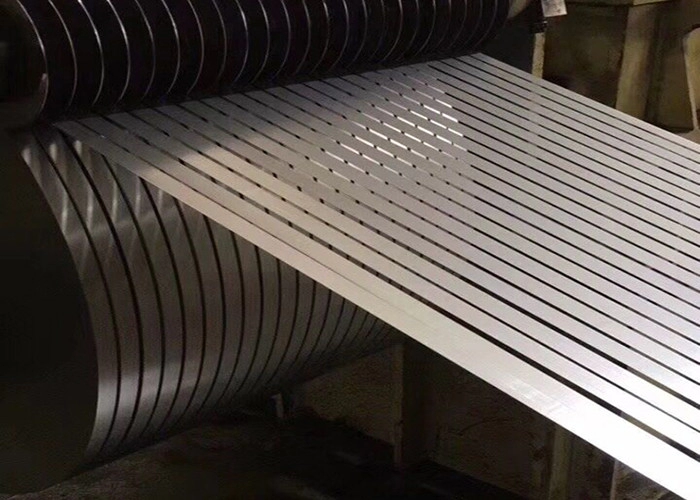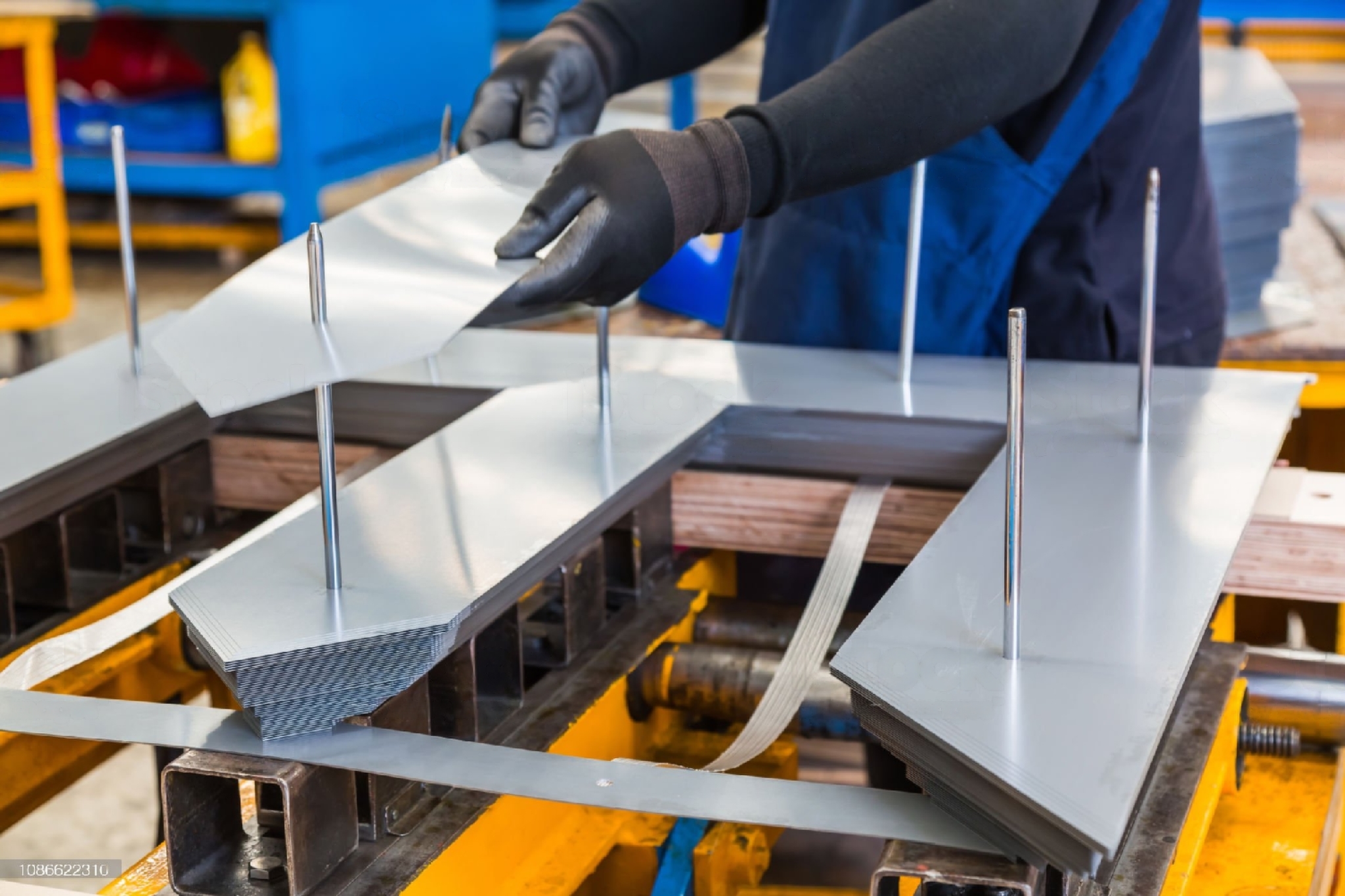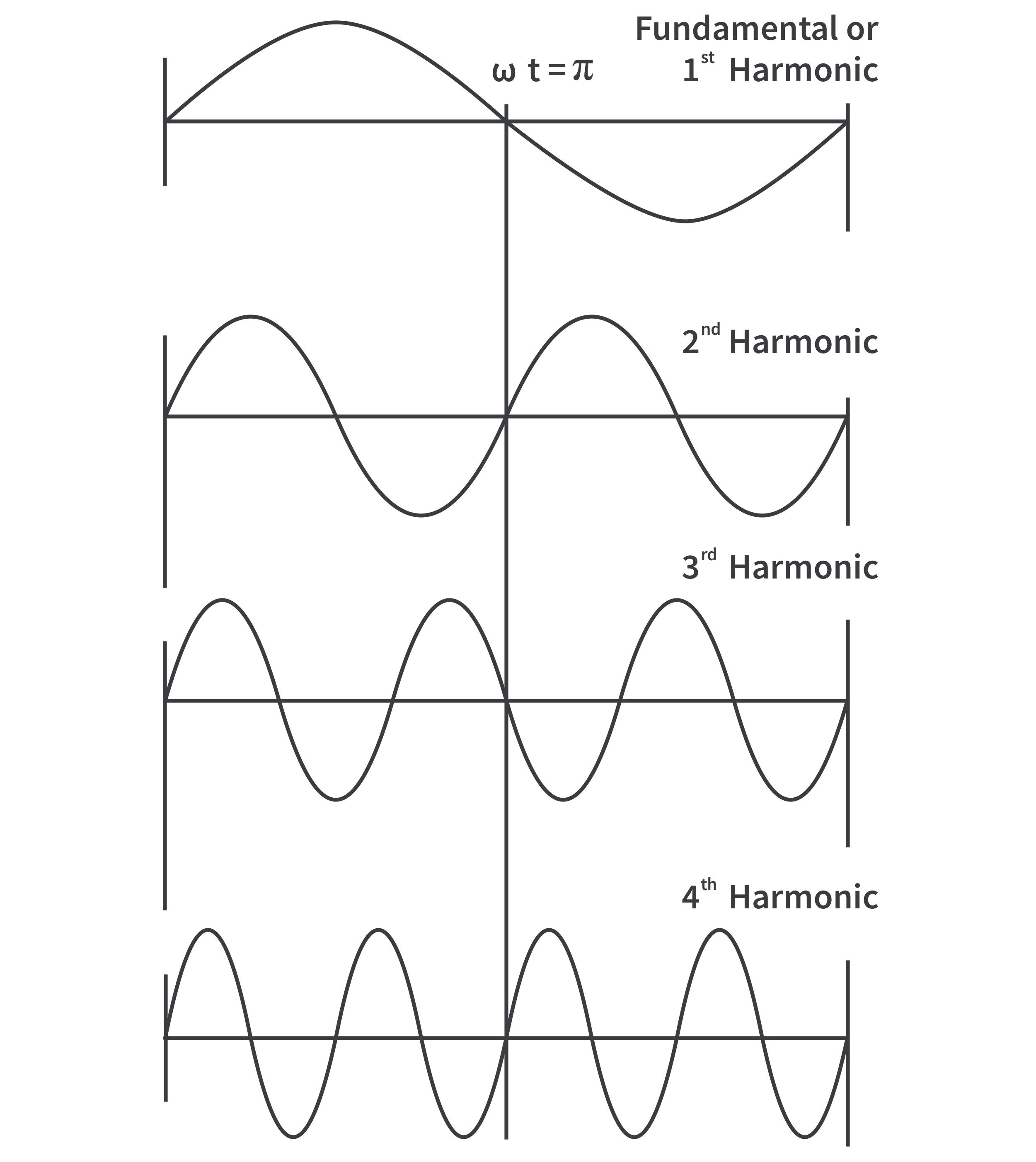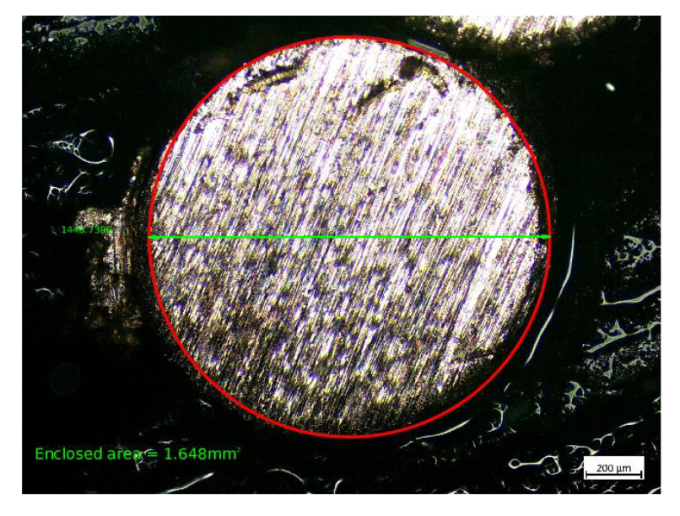Category: Blog

CASE STUDY 4 – Effects of Round – Obround Shapes
1250 kVA 33/0,4 kV Dyn11 Tier-2 Losses Al Windings Transformer
Continue Reading
Application of Biodegradable Fluids as Liquid Insulation for Distribution and Power Transformers – 2
DESIGN AND MANUFACTURING PROCESS A. Influence of the esters’ properties on the design of the thermal and dielectric design of the transformer Although numerous studies on the thermal and dielectric properties of ester fluids have been published since the 90s, the subject remains active nowadays....
Continue Reading
Case Study 3 – Effects of Flat Yoke Method
1250 kVA 33/0,4 kV Dyn11 Tier-2 losses Al Winding Transformer
Continue Reading
Application of Biodegradable Fluids as Liquid Insulation for Distribution and Power Transformers-1
For over 100 years mineral oil has been used as liquid insulation for power and distribution transformers. Transformer liquid insulation accomplishes a double mission acting as dielectric material, providing electrical insulation between regions of the transformer at different voltage levels, and as a cooling agent...
Continue Reading
Case Study 2 – Effects of Step-Lap Configuration
A Comparison of Step-Lap Configurations!
Continue Reading
Case Study 1 Effects of Wire Flattening
A Comparison of Effects of Wire Flattening!
Continue Reading
Understanding Current & Voltage Harmonics – 2
How do Current & Voltage Harmonics Affect the System? Current harmonics increase the rms current flowing in the circuit and thereby, increase the power losses. Current harmonics affect the entire distribution all the way down to the loads. They may cause increased eddy current and...
Continue Reading
Understanding Current & Voltage Harmonics – 1
Current and voltage harmonics are often used interchangeably. In most places, only harmonics are quoted and whether the values pertain to current or voltage is not mentioned. The differentiation can be done on the basis of their origin. Understanding Total Harmonic Distortion The current and...
Continue Reading
What Is The Enameled Wire Application?
Wire enamels are applied on copper and aluminium round and flat wires used in motors, transformers, generators and electrical measuring instruments. They are cured onto the wires with heat. The resulting coating’s main function is electrical insulation. Wires Insulated by Enamel Enameled wires are applied...
Continue Reading
Wire Flattening Process
Wire flattening is an optimization method for round wire transformer designs. Wire flattening allows you to increase the filling factor on the layer by minimizing the gaps between round wires, resulting in lower-diameter, compact transformers. Below you can see a 1448 micron diameter copper conductor...
Continue ReadingCopyright 2020, All Rights Reserved
